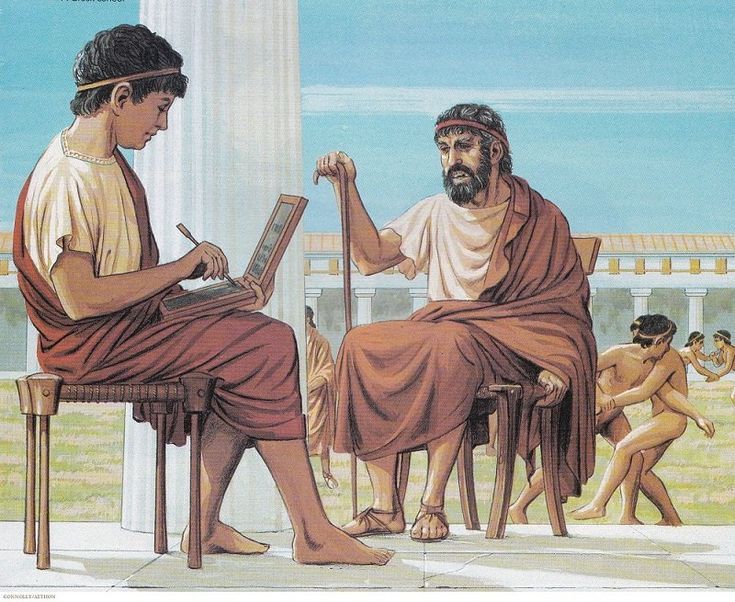The History of Graduation Cap and Gown: A Fun Journey Through Time

Graduation day - it's the day when students toss their caps into the air, celebrate their hard-earned degrees, and look oh-so-dapper in their academic regalia. But have you ever wondered where the tradition of wearing graduation caps and gowns originated? Buckle up as we take you on a captivating journey through time to explore the fascinating history of these iconic symbols of achievement.
The Ancient Roots

Our story begins in the annals of history, where academic traditions took root long before caps and gowns became a thing. In ancient times, the attire was quite different from what we see today. Imagine togas, not mortarboards!
In ancient Greece, where knowledge was revered, students and scholars donned white togas to symbolize their intellectual pursuits. These were the OG academic robes!
Fast forward to the Middle Ages, a time when universities were taking shape. Academic attire was about to get a major makeover!
During this era, scholars in Europe began wearing hoods, caps, and gowns as a practical measure. Why? Because university buildings weren't always heated, and these garments provided some much-needed warmth. The hoods also represented the level of education - a precursor to the colorful hoods we see today.
The Oxford Influence
As academic institutions evolved, so did the graduation attire. Oxford University played a significant role in shaping the modern graduation gown. Oxford introduced the now-iconic black gown with flowing sleeves. These gowns weren't just a fashion statement; they helped students stay warm during those chilly English winters.
The graduation cap, or mortarboard, is a symbol recognized around the world. But how did this flat, square hat come into the picture?
In the 16th century, scholars began wearing square caps known as "birettas." Over time, these evolved into the familiar mortarboards we see today, with their distinctive tassel.
America Adopts the Tradition

Now, let's shift our focus to the land of opportunity, where the tradition of wearing caps and gowns was embraced with open arms.
In the United States, the use of academic regalia began with colleges like Harvard and Yale. They adopted the practice from their European counterparts. By the late 19th century, wearing caps and gowns became the norm for college graduation ceremonies across the country.
Cap and Gown - A tradition as old as time
So, how did we get from togas to the modern caps and gowns we see at college graduation ceremonies today?
Today, academic regalia varies by institution and degree level. Different colors, styles, and hoods represent various academic achievements and disciplines. The mortarboard remains a steadfast symbol, and tossing it in the air has become an iconic tradition, signifying the end of one journey and the start of another.
The history of graduation caps and gowns is a tale of evolution and adaptation. From ancient togas to the classic black gown and mortarboard, these symbols have stood the test of time, representing knowledge, achievement, and the pursuit of excellence.
So, the next time you attend a commencement ceremony or see a graduate proudly donning their cap and gown, you'll have a deeper appreciation for the rich history behind these time-honored symbols of success.
The Graduation Hub is working to bring this timeless tradition into the future. We partner with cap and gown providers to find college graduates fair deals on this necessary feature of commencement ceremonies. We are also bring graduation announcements into the modern day with our personalized graduation webpages. Come check out what we are doing and let us know what you think!
